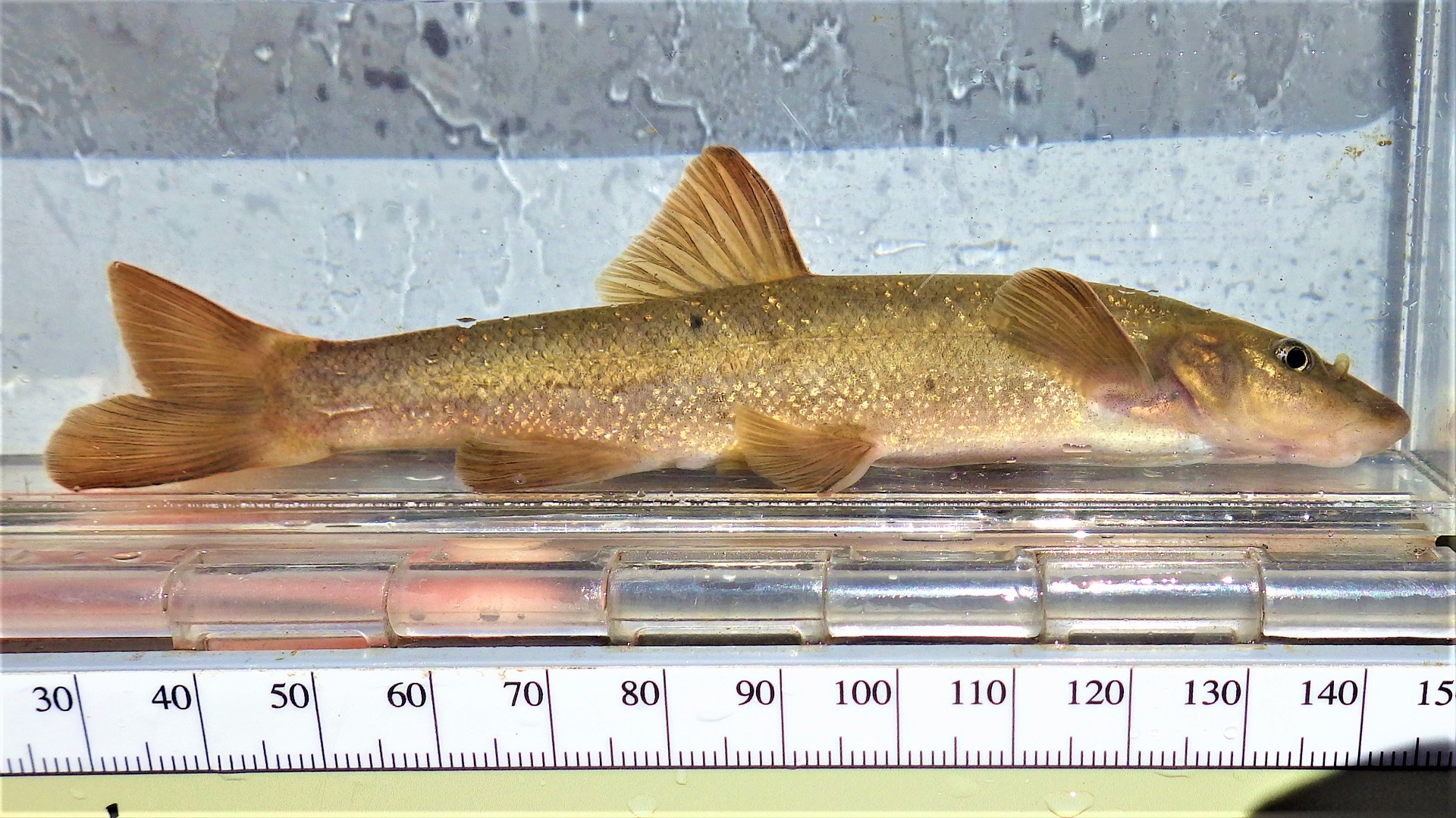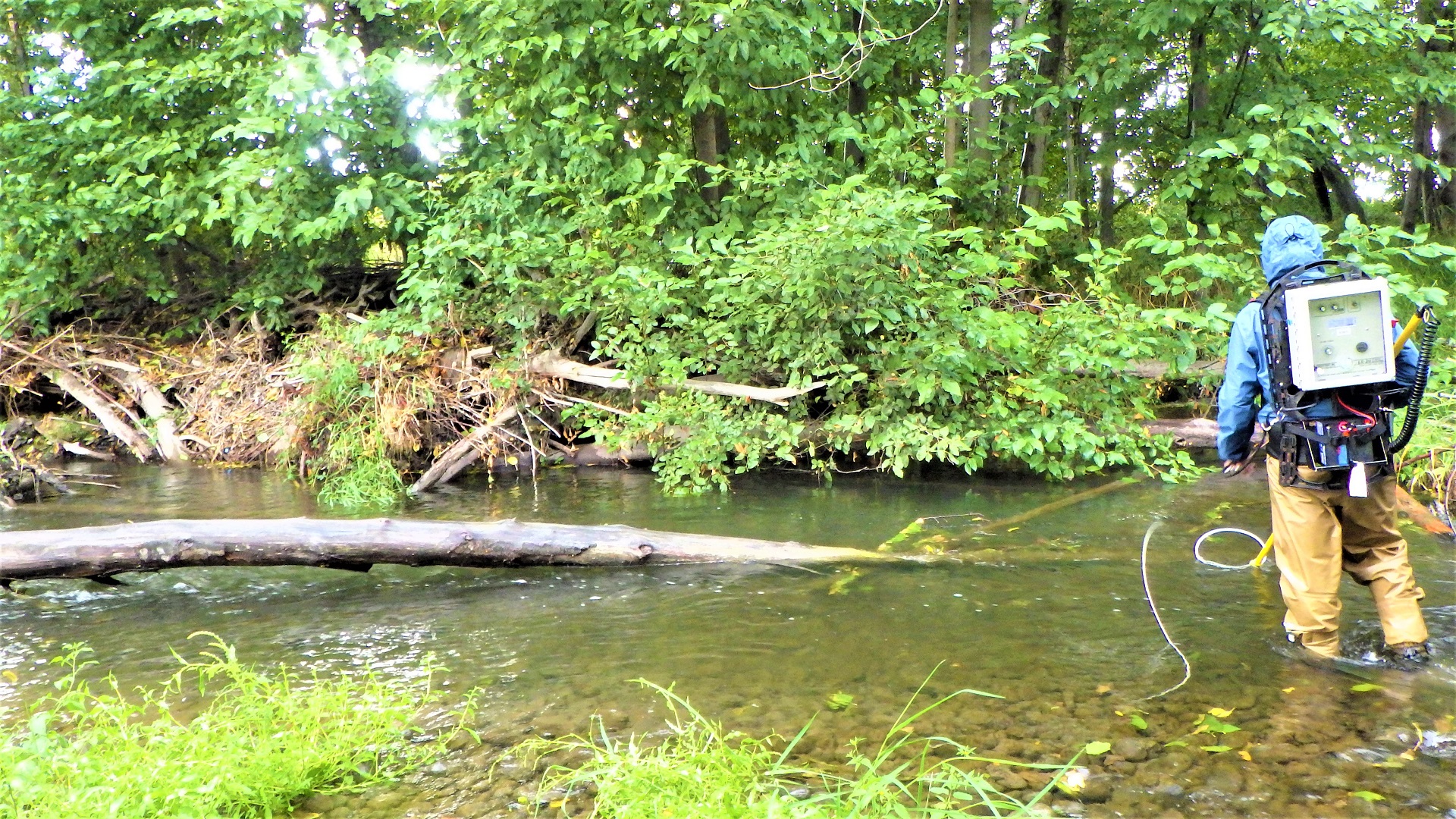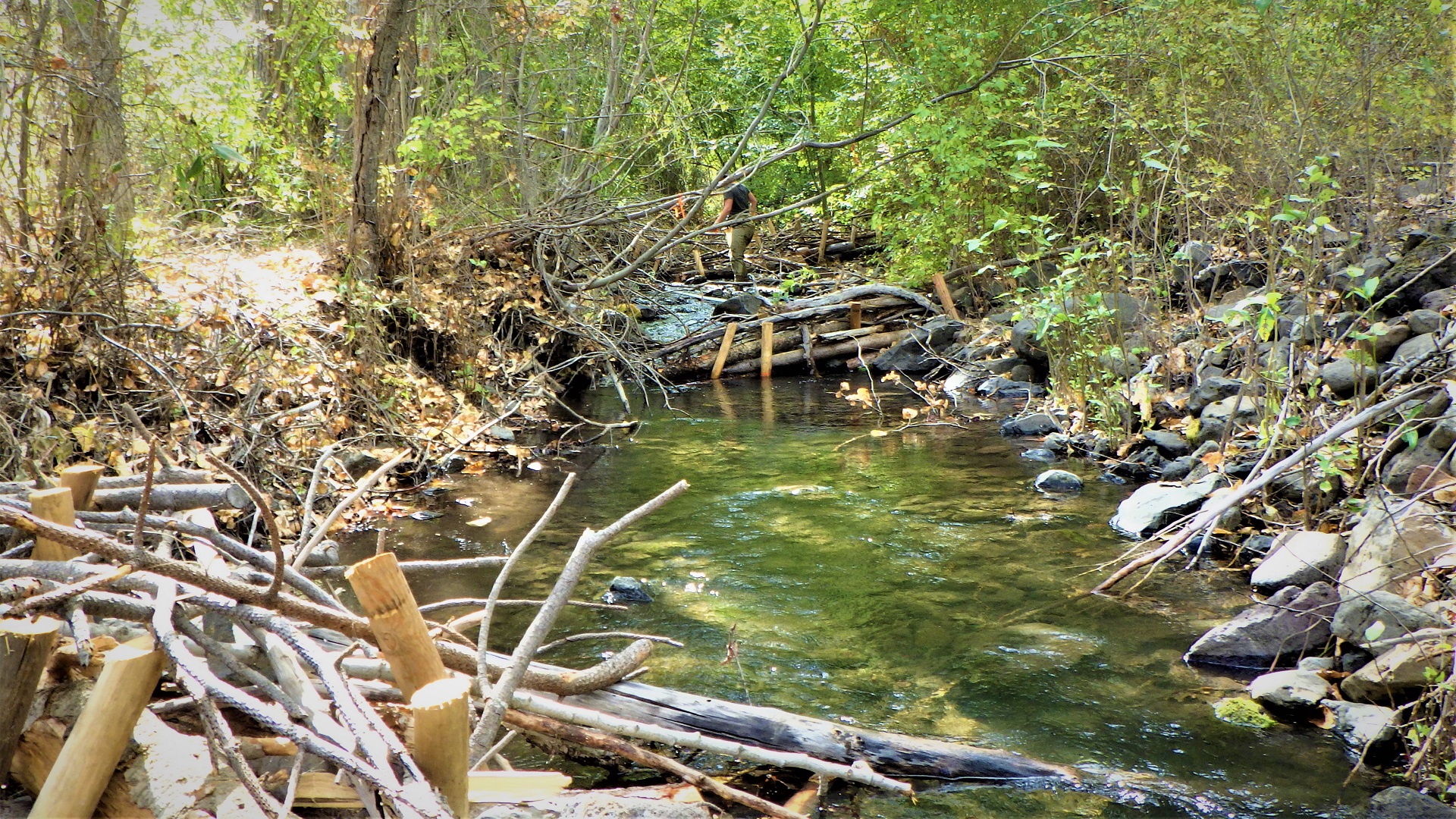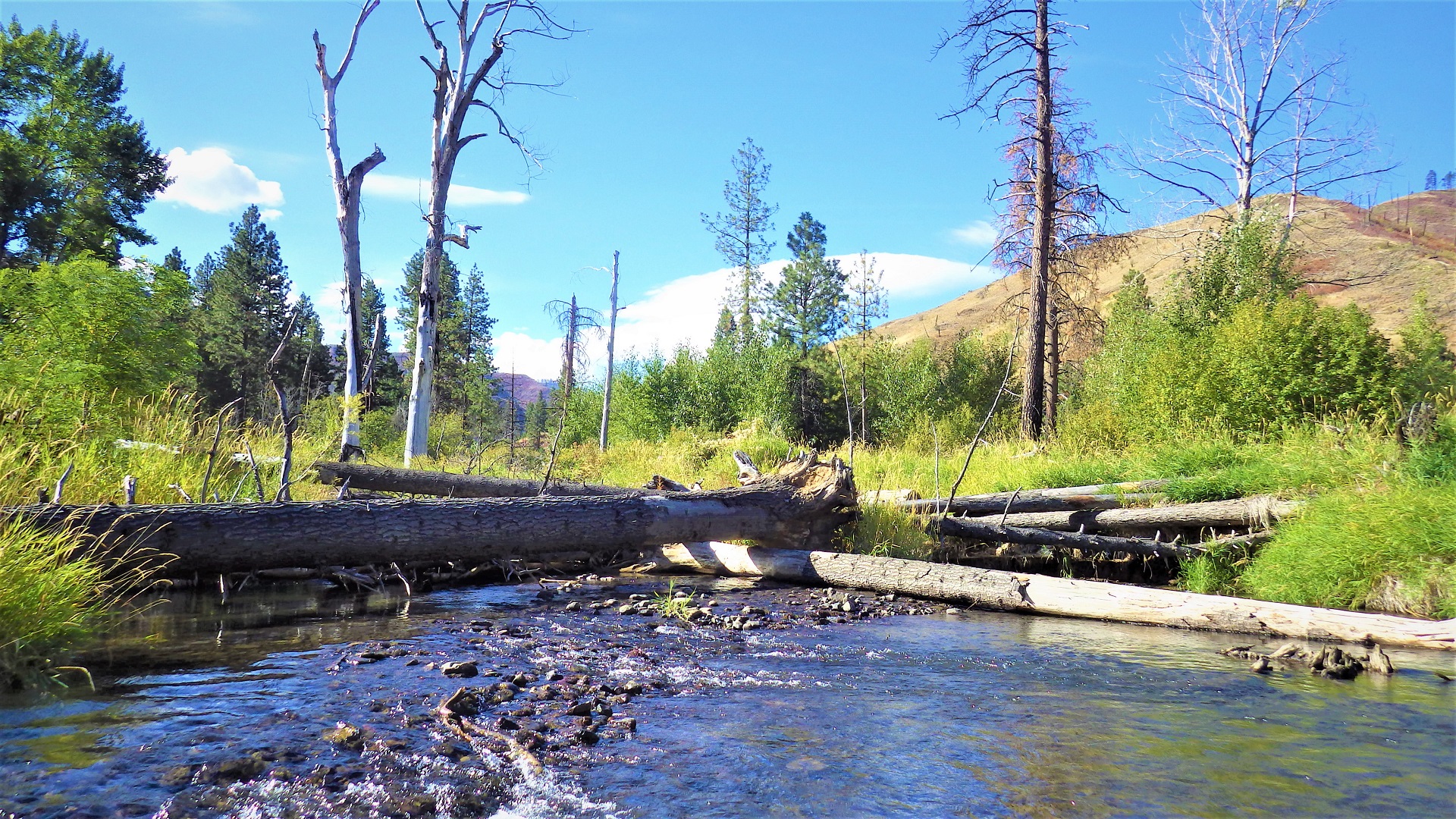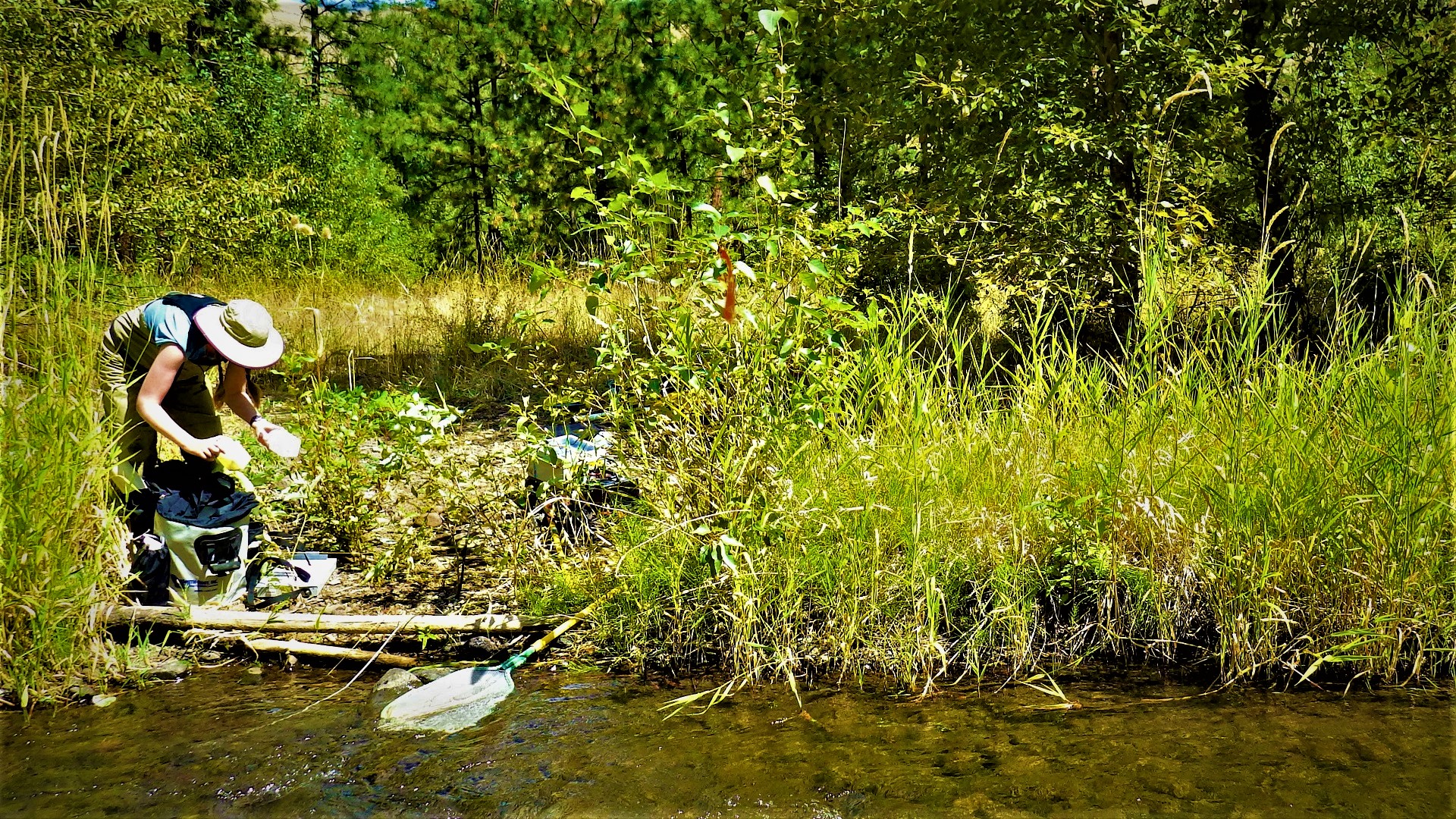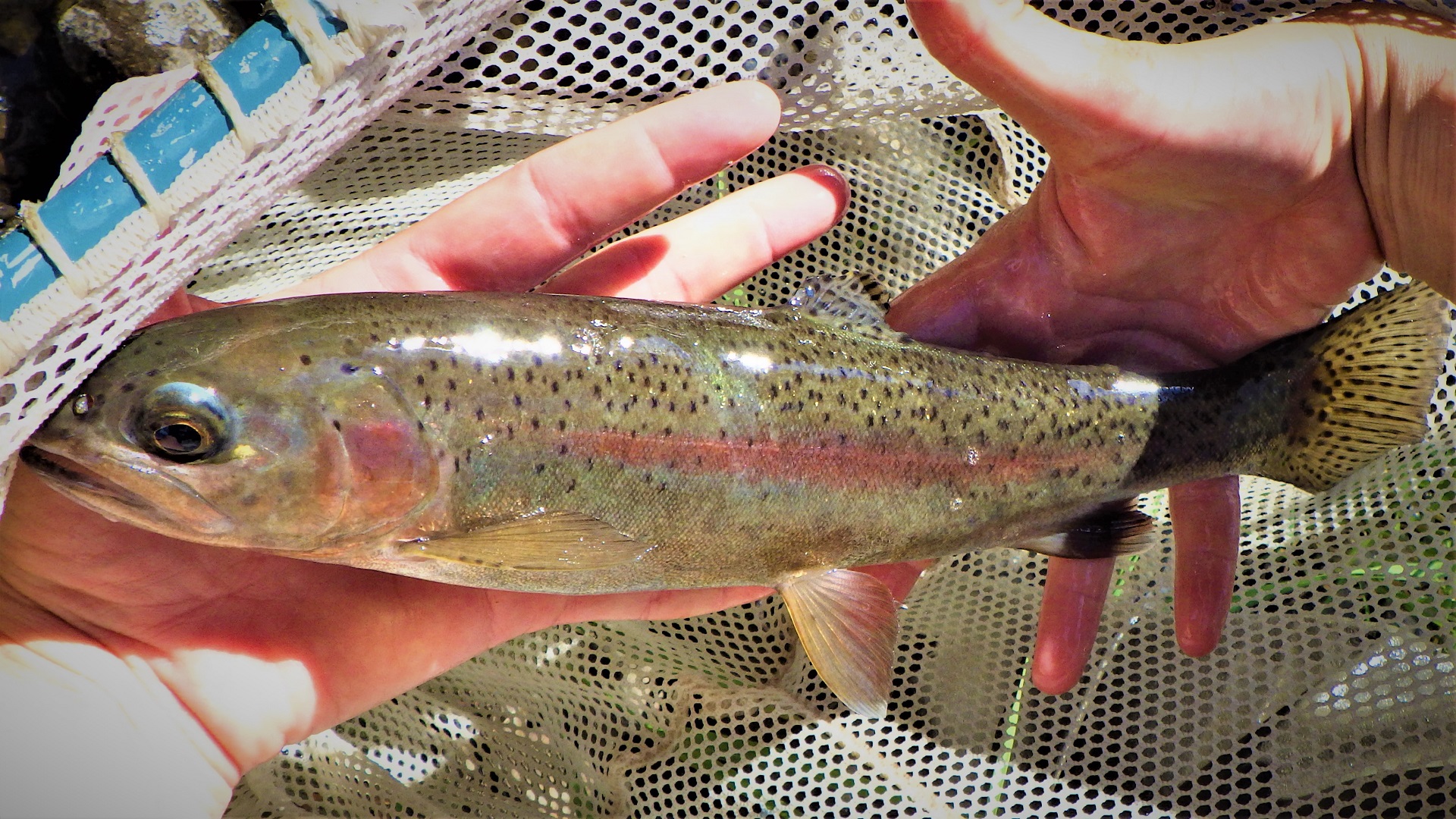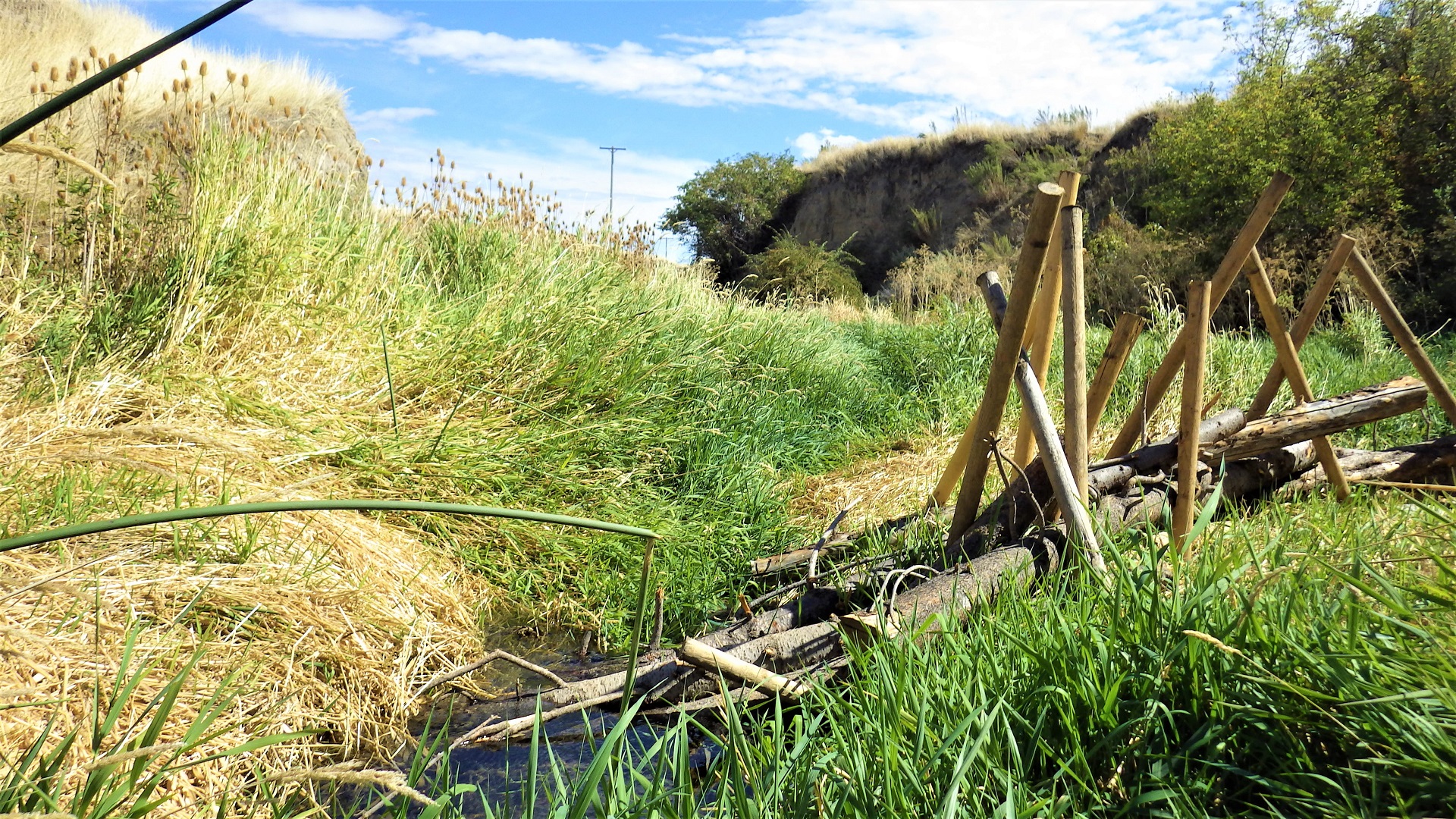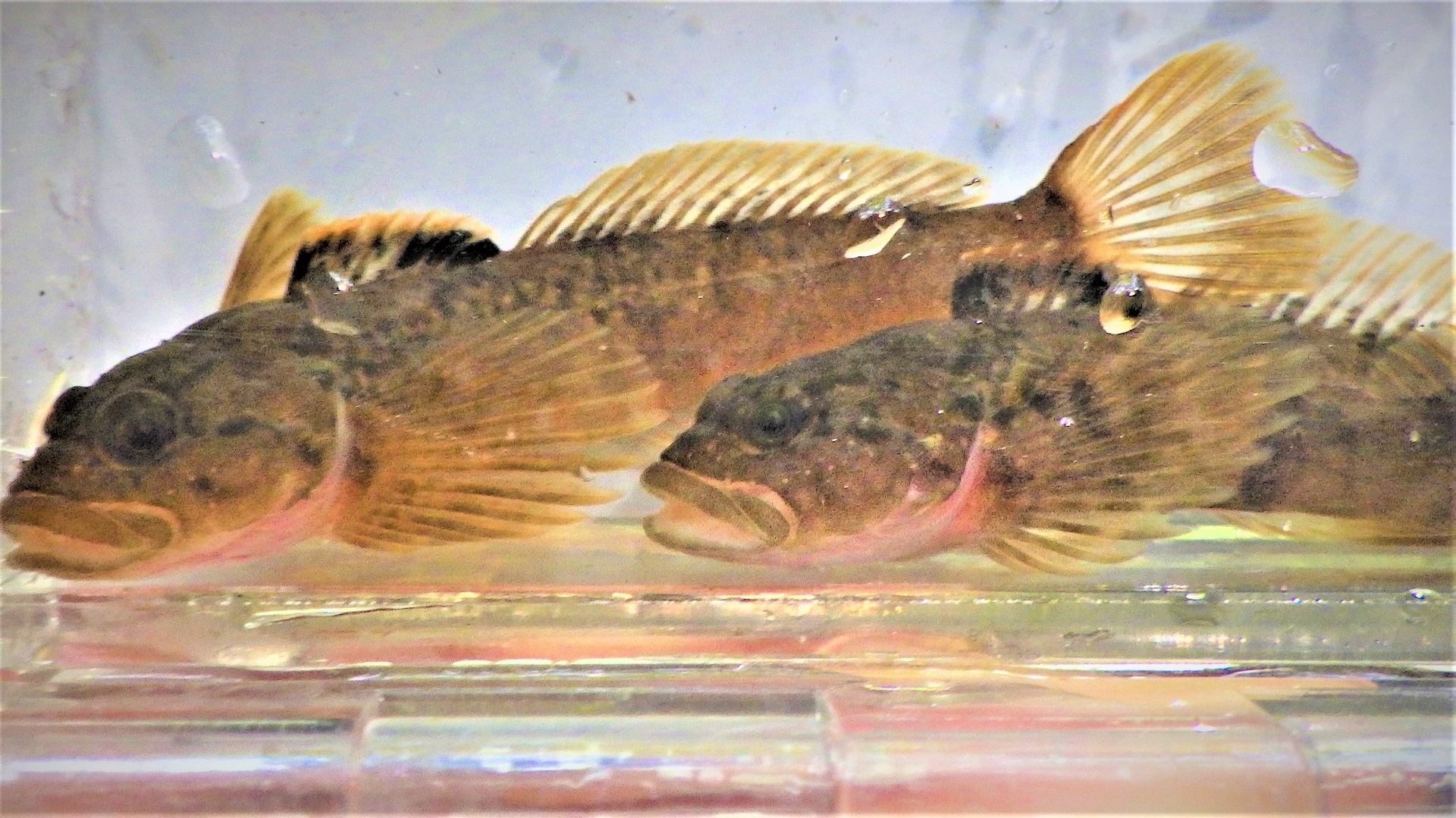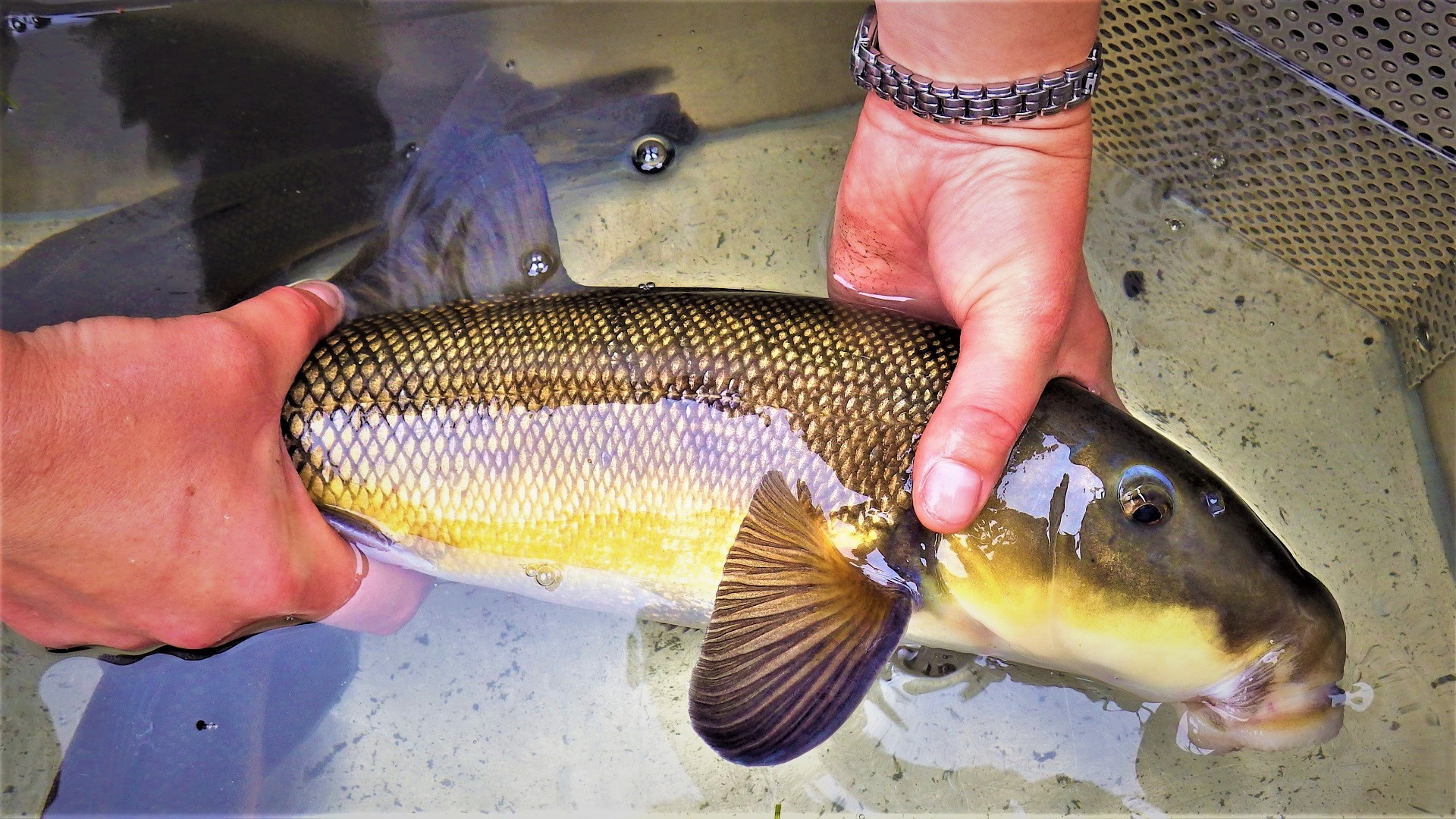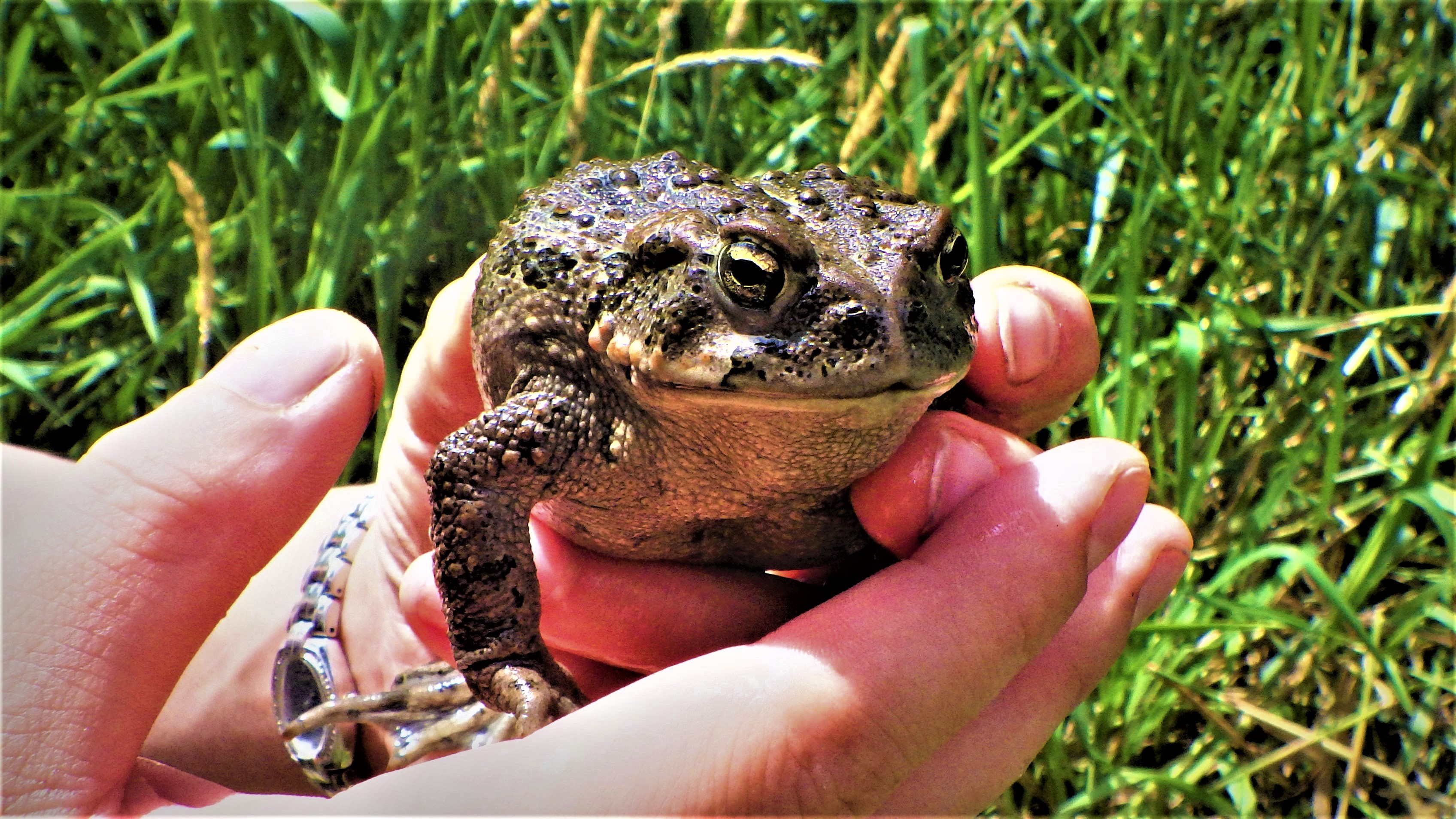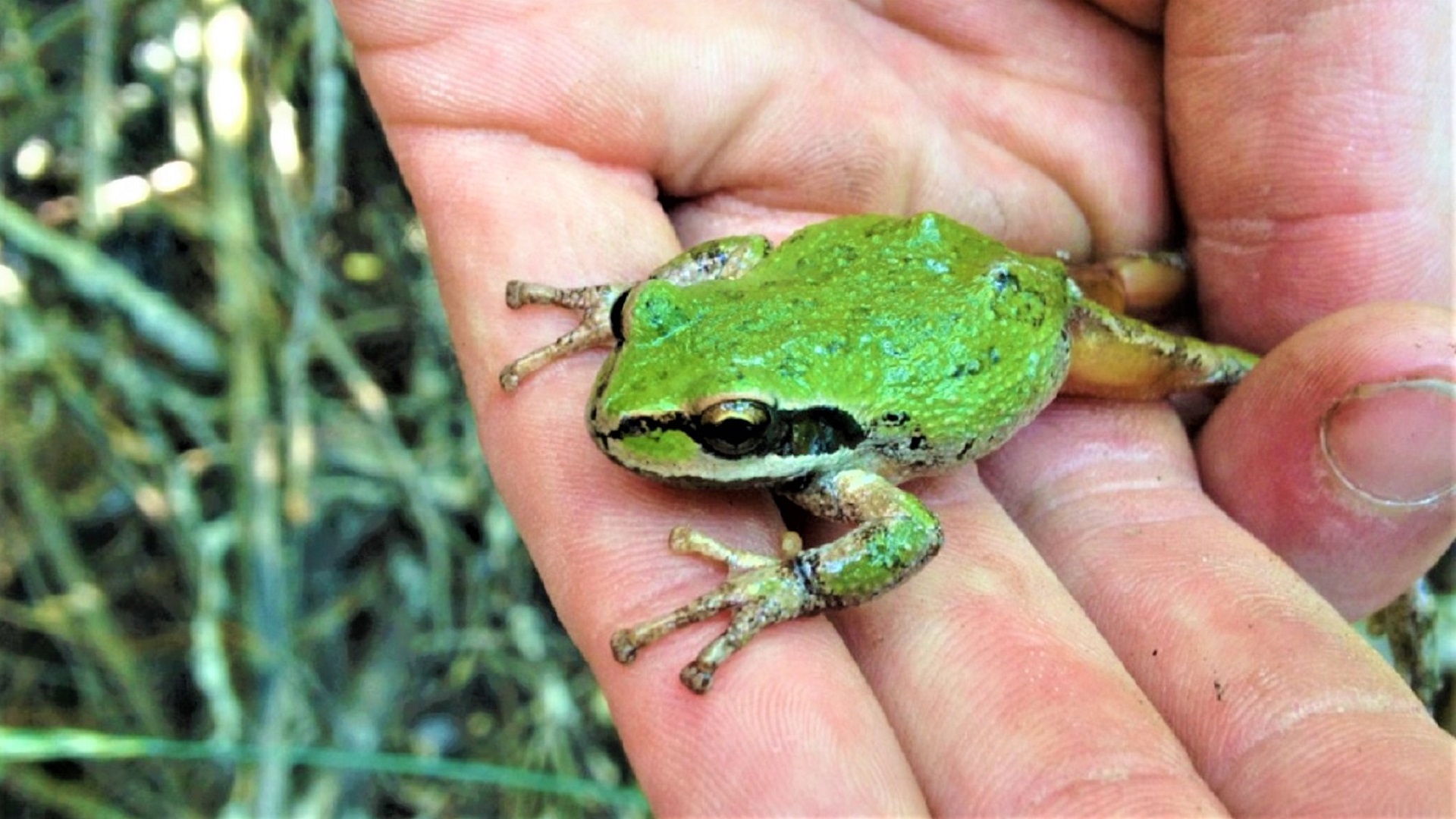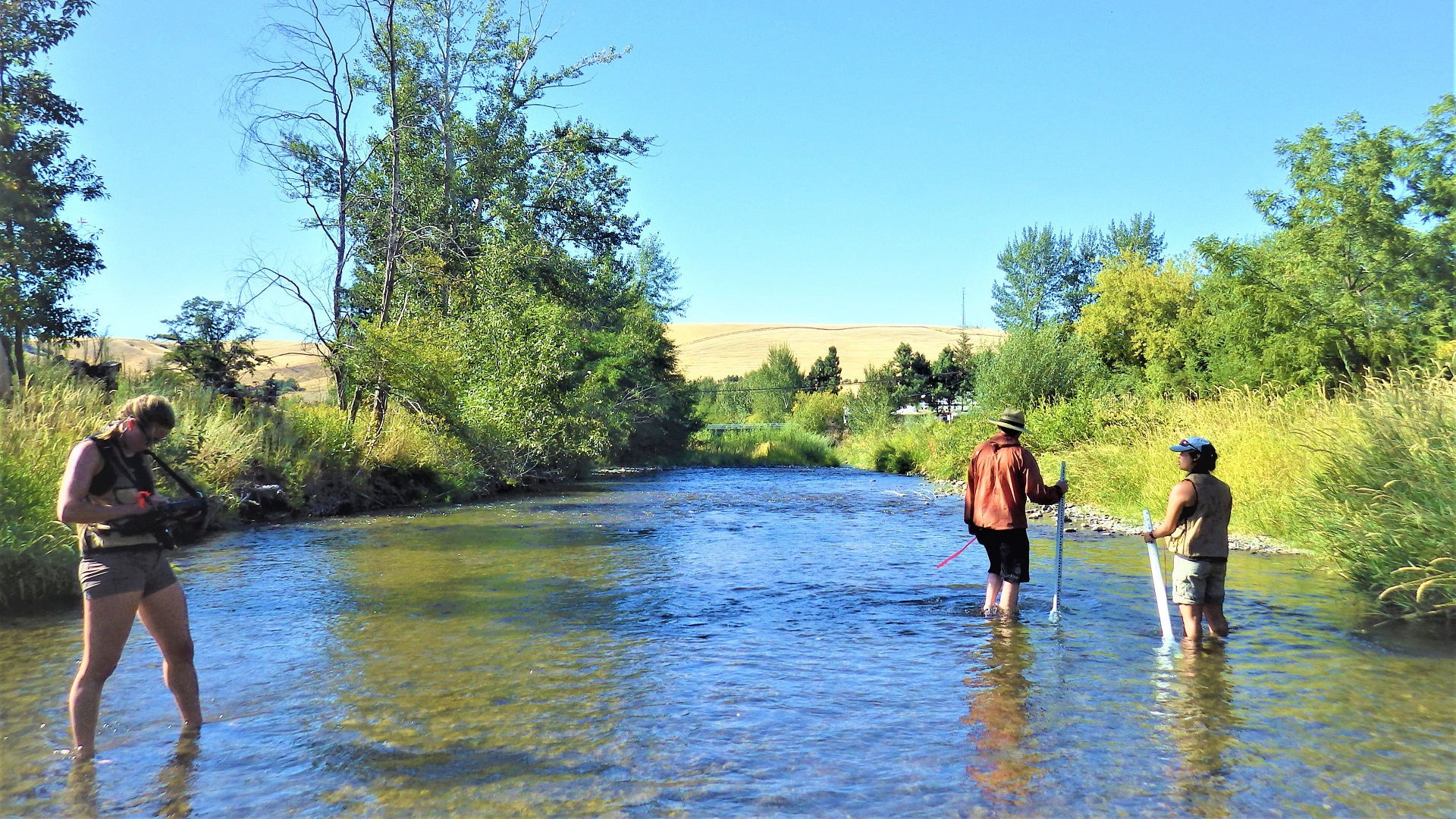Watershed health — Snake River update
We investigated the health of stream habitats in the Snake River Status and Trends Region in 2011 and 2016. From these two study years, the region showed a similar biological condition, with the highest indicators involving stream chemistry and human presence.
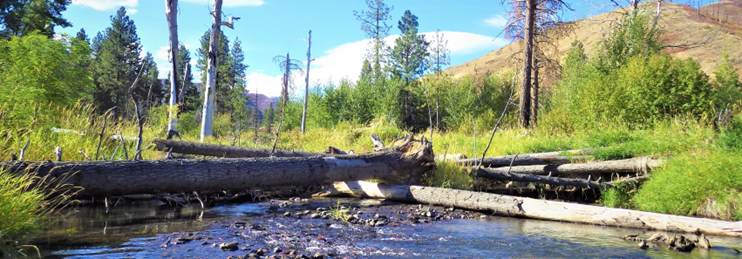
Use the map to navigate our reports by Status and Trends Region.
Regional summary
- Benthic Index of Biotic Integrity scores in the Snake River Region show the proportion of stream kilometers classified as being in good biological condition slightly decreased from 2011 to 2016.
- The most prevalent indicators for streams in the Snake River Region were elevated nutrient concentrations, increased human presence, more pH variety, and increased substrate embeddedness.
Biological condition
Invertebrate biological condition of streams (B-IBI) did not change substantially from 2011 to 2016 in the Snake River Region. However, the percentage of poor B-IBI scores decreased and the fair and good scores increased slightly. These could be positive trends but will need more data to confirm.
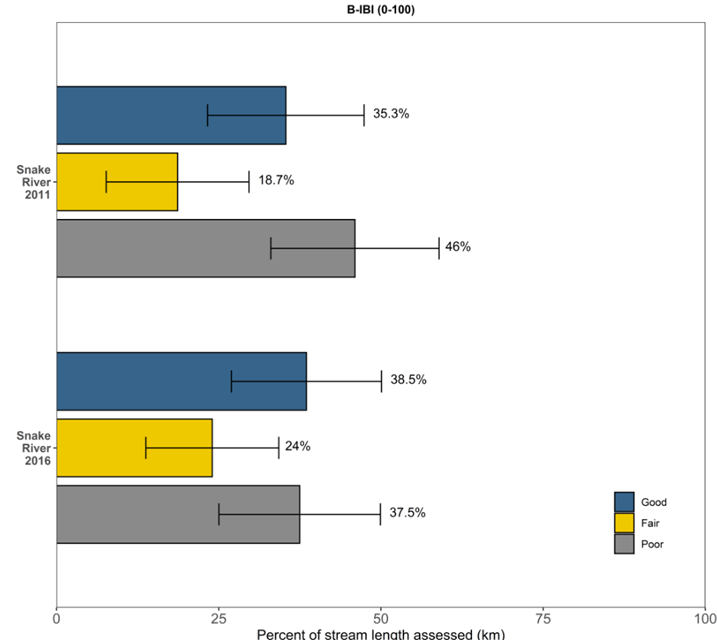
We used B-IBI ratings from 2011 and 2016 to obtain the percentage of stream kilometers in good, fair, and poor conditions for the Snake River Region. Error bars represent 95% confidence intervals.
Significant physical and chemical indicators
In 2011 and 2016, three indicators were in poor condition for more than 50 percent of stream extent in the Snake River Region. The most prevalent indicators pertained to substrate, including low relative bed stability and a high percentage of sands or fines. Other prevalent indicators in this region were those associated with high nutrient levels and a lack of fish cover.
To interact with this graph and learn more about these physiochemical indicators, hold your mouse over each bar.
This interactive graph shows the percentage of stream kilometers assessed with poor physiochemical conditions in the Snake River Region for 2011 and 2016. The x-axis represents the percentage of river extent in poor condition. Error bars show 95 percent confidence intervals.



